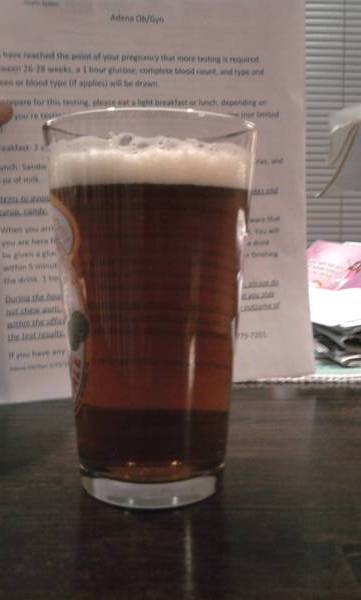Throwing a little philosophy of science in here....
What is the null hypothesis, i.e. the hypothesis we would tentatively accept if we have no evidence? I am inclined to say it is that a given additional step has no effect, i.e. secondary fermentation does not affect clarity. If that is the case, then the burden would be on proponents of secondary fermentation to demonstrate an example where a recipe was followed exactly multiple times in parallel, some with secondary and some without.
Here's where the philosophy of science point comes in (PhelankA7's comment made me think of this): you can never prove the null hypothesis. If you brewed 9,999 recipes each in two parallel batches, one with secondary and one without, and 9,999 times you had no difference in clarity, you can never prove that the 10,000th recipe wouldn't be a style that demanded a secondary in order to achieve sufficient clarity. In contrast, a single example of style that requires a secondary to achieve clarity would prove that hypothesis.
Not taking a position here, just saying... You can never prove, even in principle, that primary-only is always adequate. But in the absence of evidence, one typically adopts the null hypothesis -- because you could prove, at least in principle, that secondary was sometimes necessary.








![Craft A Brew - Safale S-04 Dry Yeast - Fermentis - English Ale Dry Yeast - For English and American Ales and Hard Apple Ciders - Ingredients for Home Brewing - Beer Making Supplies - [1 Pack]](https://m.media-amazon.com/images/I/41fVGNh6JfL._SL500_.jpg)



















































